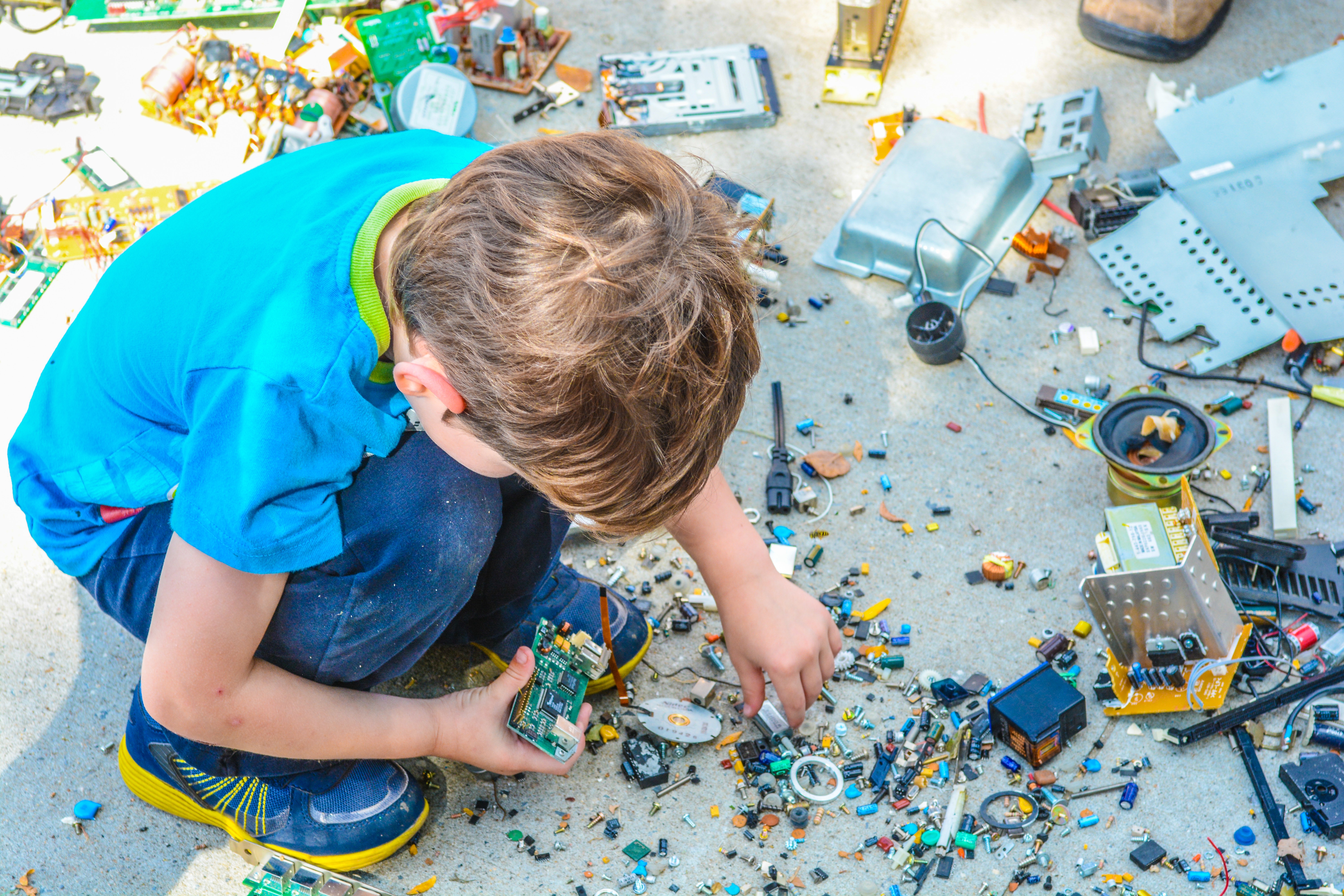Strictly Briks Makerspaces Awards Program and the Importance of Makerspace in Education
Posted by Brian Semling on Jun 22nd 2018
As makerspaces become increasingly prevalent in educational institutions, the curiosity about them increases. So what exactly is a makerspace and why are they valuable in educational landscapes? How do children benefit from making and what can this do for their future?
What is a Makerspace?
Educators, artists, engineers and individuals with different titles, have differing opinions as to what truly defines a makerspace. Founder of Make Magazine and proclaimed father of the “Maker Movement,” Dale Dougherty, defines a makerspace in his essay The Maker Mindset as, “a space where kids have the opportunity to make – a place where some tools, materials, and enough expertise can get them started.” He recognizes the similarities between makerspaces and places like shop class, art studios, and science labs and says that makerspaces are a, “physical mash-up of different places that allow makers and projects to integrate these different kinds of skills.”
Dougherty’s definition emphasizes the making that takes place in a makerspace rather than its setting or specific tools. Whether it’s in a classroom with building bricks, or a computer lab with technology, makerspaces can be in any location using a combination of various tools and materials.
Makerspaces in educational settings
Makerspaces in educational settings are becoming more prevalent throughout the U.S. Every makerspace has its own unique set of characteristics, but the similarity every makerspace shares is their ability to help children learn through making.
Librarian Diana Rendina, discusses the diversity of makerspaces in schools around the US, “A makerspace can be anything from a repurposed book cart filled with arts and crafts supplies, to a table in a corner set out with LEGOs, to a full blown fab lab with 3D printers, laser cutters, and hand tools. No two school makerspaces are exactly alike, nor should they be.”
Rendina created her own makerspace for students at her old middle school and feels that the most important part about makerspaces is the creating that takes place there. “There is no such thing as one form of making being more valid or better than the other.”

Children learn by making
Makerspaces in educational settings transform the way people think about traditional learning in various ways. First, they make learning hands-on, and second, they make learning self-directed.
When a child is given a set of tools to make a project it puts action into their learning. They learn by doing and creating, and by making mistakes that they fix along the way. The outcome is a whole, working end result that they created from various parts.
In a makerspace, children develop what Dougherty refers to as a “maker mindset.” He believes this mindset allows children to become innovative thinkers and doers, and potentially build a better future for themselves and the world they live in. In a makerspace children become active leaders. They make their own direction.
Apply to win $2,000 in Strictly Briks products to create a makerspace in your museum
Strictly Briks is awarding up to $2,000 in in-kind materials to encourage the creation of makerspaces in scholastic settings. Organizations applying for this award will receive up to $2,000 in Strictly Briks’ products to create a makerspace in their museum. There will be five awards and all applications must be submitted by July 31, 2018.
Eligibility
Organizations eligible for this award must meet the following criteria:
- Domestic or international museums who provide unique programming and/or community outreach initiatives directed towards children’s education and creative development
- Museums who currently have a makerspace exhibit or a developed proposal/plan for the future creation of a makerspace exhibit
Award applicant guidelines Each applicant should have a makerspace exhibit or planned proposal that addresses the following areas:
- Geographic reach: city, state, regional or national level;
- Employee engagement, ability to reach children;
- Appropriate scope of the initiative being supported or impact made on the community
Judging criteria Strictly Briks awards organizations who focus on children’s education and creative development. This award will be given to museums who
- Have a vision that aligns with our commitment to Pre-K-8 STEM education.
- House a permanent educational makerspace area in their facility, or have the ability to implement one within three months of award date.
- Provide opportunities for community involvement and educational outreach.
To apply for this award fill out and submit our Awards Program Application. Award winners will receive an email from Strictly Briks with further information. Click here to learn more about our awards program guidelines.
